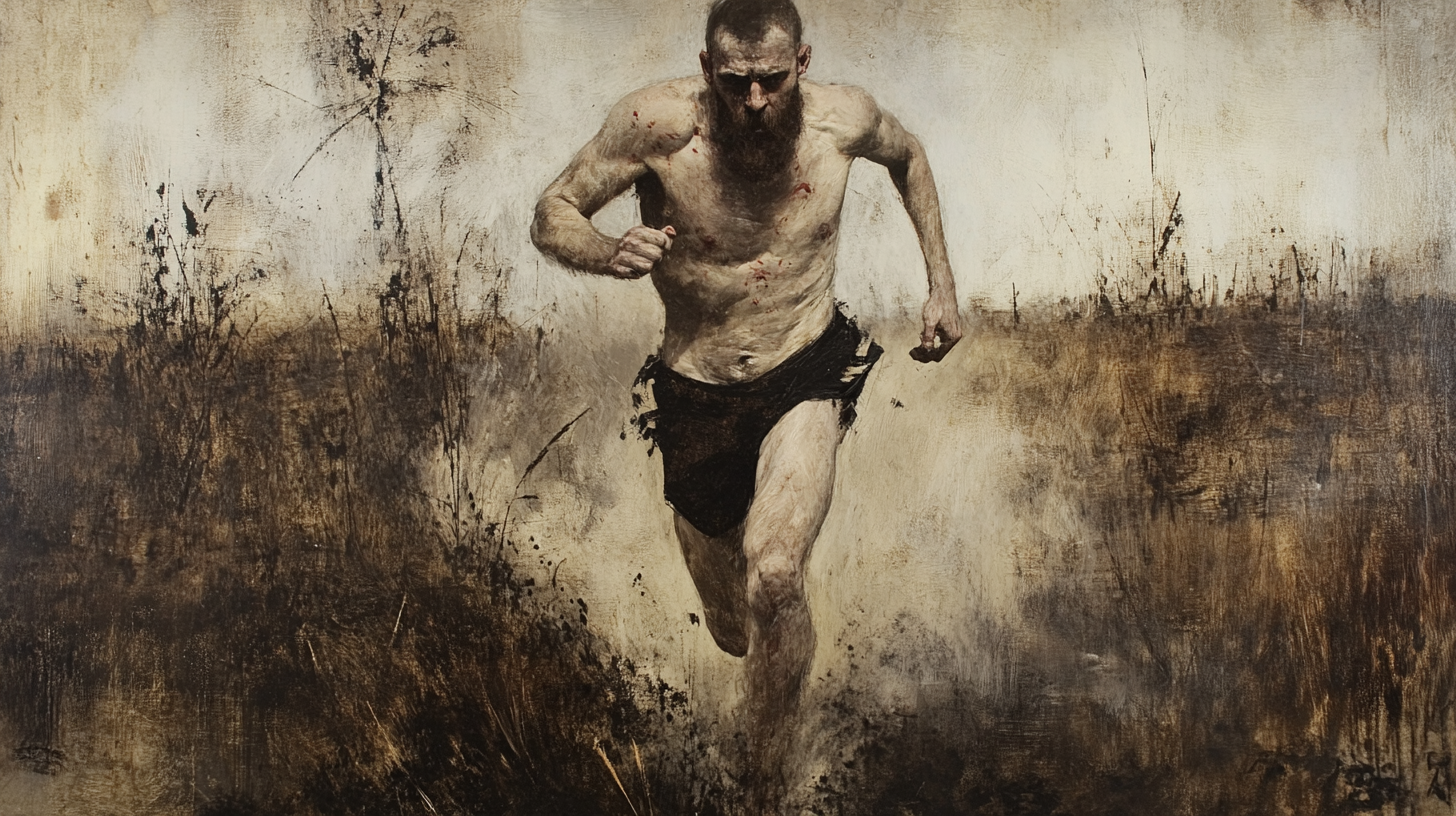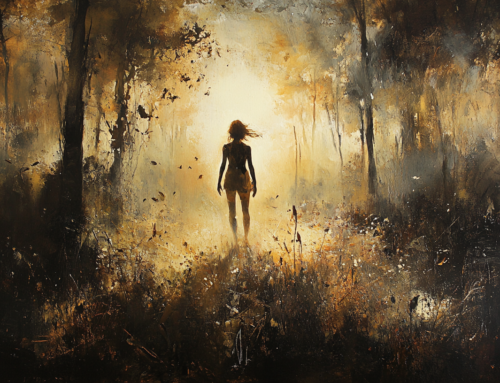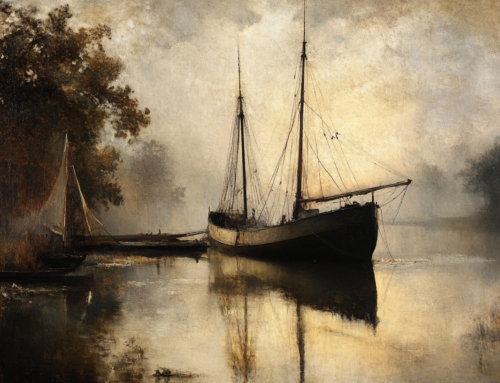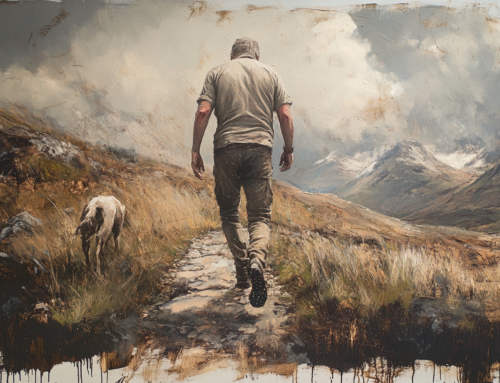1. Tuning In System
-
Principle: Ideas arrive like radio signals; your job is to tune your “antenna.”
-
Practices:
-
Create open mental space (silence, meditation, walks).
-
Capture fleeting thoughts quickly (voice notes, jot in Notion).
-
Stay sensitive to synchronicities — treat them as creative prompts.
-
-
IMMachines tie-in: Quote To Action turns a random “signal” (quote, overheard line, image) into a structured blog or email.
2. Awareness Practice System
-
Principle: The more you notice, the more raw material you have.
-
Practices:
-
Daily awareness drills (describe what you see/hear/sense in detail).
-
Switch between zoom in (focus on detail) and zoom out (big picture).
-
Use journaling or voice memos to sharpen perception.
-
-
For solopreneurs: Helps refine messaging, customer insights, and storytelling.
3. The Vessel + Filter System
-
Principle: You are a vessel that collects and filters experiences → your worldview shapes your art.
-
Practices:
-
Audit what you “feed” your vessel (books, people, media, environments).
-
Curate high-quality inputs → better creative outputs.
-
Regularly challenge assumptions and replace stale filters.
-
4. Clue-Spotting System
-
Principle: The universe leaves breadcrumbs. Creativity is connecting them.
-
Practices:
-
Treat unusual patterns, phrases, or events as “creative prompts.”
-
Use randomness (flip a book to a page, roll I Ching, pick a random quote).
-
Ask: Why did I notice this now? How can I apply it to my work?
-
-
Application: Solopreneurs can use this to spot market signals, content hooks, or product directions.
5. Practice-as-Habit System
-
Principle: Creativity is a practice, not a moment of inspiration.
-
Practices:
-
Micro-rituals (3 deep breaths before work, mindful eating, short daily walks).
-
Daily creative session, even 15–30 minutes.
-
Anchor routines in your natural rhythm (morning vs night energy).
-
-
Benefit: Reduces resistance, keeps the “creative muscle” always active.
6. Submersion System (Great Works)
-
Principle: Expose yourself to greatness → your taste sharpens.
-
Practices:
-
Study canonical works (literature, film, music, architecture).
-
Replace low-quality input (e.g. news doom-scrolling) with timeless works.
-
Create a personal “Greatness Library.”
-
-
For creators: Helps level up brand voice, storytelling, and design instincts.
7. Nature-as-Teacher System
-
Principle: Nature is the ultimate creativity source.
-
Practices:
-
Walks outdoors, observing textures, colours, cycles.
-
Draw business analogies from natural systems (seasons = launch cycles).
-
Use natural patterns as creative metaphors.
-
-
For solopreneurs: Great for reframing business stress and creating organic brand narratives.
8. Self-Doubt Reframe System
-
Principle: Self-doubt is not a bug; it’s material.
-
Practices:
-
Label intrusive thoughts (e.g. thought chatter).
-
Reframe imperfections as creative gold (kintsugi approach).
-
Lower the stakes: treat each project as an experiment, not a magnum opus.
-
-
For creators: Turns paralysis into forward movement.
9. Play + Experimentation System
-
Principle: Art emerges from play, not pressure.
-
Practices:
-
Set rules like: “Today I will create badly on purpose.”
-
Explore opposites (e.g., if you always write long, force brevity).
-
Track experiments, not just “finished” work.
-
-
For solopreneurs: Encourages faster shipping, testing offers/content without fear.
10. Intention System
-
Principle: Intention gives work its energetic charge.
-
Practices:
-
Define the core truth behind your project (who/what/why).
-
Align intention with daily actions, not just marketing slogans.
-
Reflect: Does my content carry the same frequency as my intention?
-
-
For coaches/consultants: Keeps content congruent with values → builds trust.
11. Opposites + Rule-Breaking System
-
Principle: Every “rule” has an equal creative opposite.
-
Practices:
-
Flip constraints (e.g., sell with silence instead of noise).
-
Push extremes (make it radically simple or radically complex).
-
Use genre conventions as springboards to subvert expectations.
-
-
For solopreneurs: Helps craft standout offers and content that isn’t generic.
12. Collaboration-as-System
-
Principle: Creativity is always a collaboration — with people, culture, Source.
-
Practices:
-
Treat AI, tools, and even your audience as collaborators.
-
Share works-in-progress, let feedback shape direction.
-
Journal your dialogue between “maker self” and “editor self.”
-
-
For IMMachines: GPTs are creative partners (rather than replacements).






